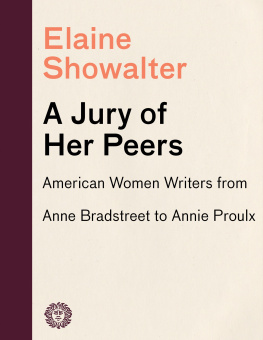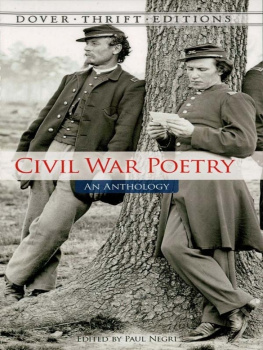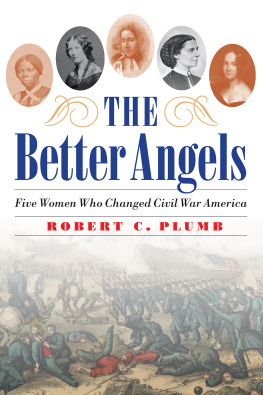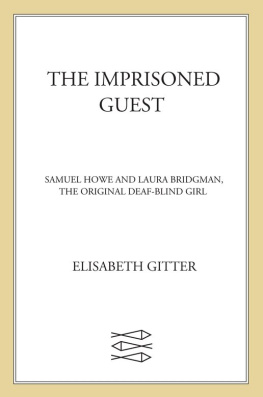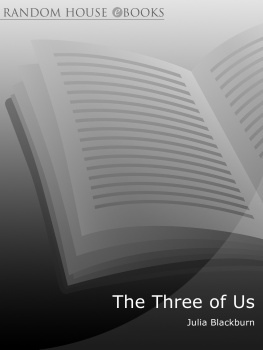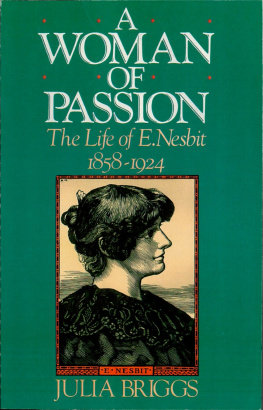ALSO BY ELAINE SHOWALTER
A Jury of Her Peers: American Women Writers from Anne Bradstreet to Annie Proulx
Faculty Towers: The Academic Novel and Its Discontents
Teaching Literature
Inventing Herself: Claiming a Feminist Intellectual Heritage
Hystories: Hysterical Epidemics and Modern Culture
Sisters Choice: Tradition and Change in American Womens Writing
Sexual Anarchy: Gender and Creativity in the Fin-de-sicle
The Female Malady: Women, Madness and Culture
A Literature of Their Own: British Women Novelists from Bront to Lessing

Simon & Schuster
1230 Avenue of the Americas
New York, NY 10020
www.SimonandSchuster.com
Copyright 2016 by Elaine Showalter
All rights reserved, including the right to reproduce this book or portions thereof in any form whatsoever. For information address Simon & Schuster Subsidiary Rights Department, 1230 Avenue of the Americas, New York, NY 10020.
First Simon & Schuster hardcover edition March 2016
SIMON & SCHUSTER and colophon are registered trademarks of Simon & Schuster, Inc.
For information about special discounts for bulk purchases, please contact Simon & Schuster Special Sales at 1-866-506-1949 or .
The Simon & Schuster Speakers Bureau can bring authors to your live event. For more information or to book an event contact the Simon & Schuster Speakers Bureau at 1-866-248-3049 or visit our website at www.simonspeakers.com.
Interior design by Lewelin Polanco
Jacket design by Marlyn Dantes
Julia Ward Howe: Begun by John Elliott, Finished by William Henry Cotton
Begun C. 1910, Finished C. 1925, Oil on canvas.
National Portrait Gallery, Smithsonian Institution; Transfer from the Smithsonian American Art Museum; Gift of Maud Howe Elliott to the Smithsonian Institution, 1933
Library of Congress Cataloging-in-Publication Data
Showalter, Elaine.
The civil wars of Julia Ward Howe : a biography / Elaine Showalter.First Simon & Schuster hardcover edition.
pagescm
Includes bibliographical references and index.
1.Howe, Julia Ward, 18191910.2.Authors, American19th centuryBiography.3.FeministsUnited StatesBiography.4.United StatesHistoryCivil War, 18611865Women.I.Title.
PS2018.S55 2016
818'.409dc23
[B]
2015027331
ISBN 978-1-4516-4590-3
ISBN 978-1-4516-4592-7 (ebook)
For Jack and Evan Catherine LaFleur Emmy and Rose Showalter
CONTENTS
INTRODUCTION
Indeed, until she died in 1910 at the age of ninety-one, Howe endlessly told and retold the story of how she had come to write the lines that made her famous. Everywhere she traveled or spokeat a school in St. Paul, a Unitarian church in Chicago, a gathering of black women in New Orleans, or a flower-bedecked Memorial Day celebration in San Franciscoshe was expected to read the words of the song, or sing them in her trained contralto; and choruses and soloists around the world enthusiastically honored her by performing it as well. This oft-told tale, she noted, had become for many Americans the story of her life.
A century ago, the first biography of Howe, written by three of her daughters, and published in March 1916, just six years after her death, won the Pulitzer Prize. Awarded for the first time in 1917, in the midst of another war, the Pulitzer Prize had a strong moral and nationalistic
Despite this sanctimonious encomium, the two-volume biography was not as didactic as Butlers tribute makes it sound. The daughters drew on the Howe family correspondence, plus Julias essays, poems, memoir, and journals, to tell a lively story of a woman as charming and funny as she was learned and thoughtful, as devoted to her large family as to public service. Howe was certainly eminent, unselfish, and patriotic. She had six children, learned six languages, published six books; she was a prominent figure in the churches and intellectual societies of Boston; she joined ardently with her husband in the abolitionist struggle; she traveled all over the United States, the Caribbean, and Cuba, and abroad to England, France, Italy, Switzerland, Germany, Holland, Belgium, Greece, Cyprus, Palestine, and Egypt; she founded and led the Association of American Women, served as president for the New England Womans Club, the New England Suffrage Association, and the American Womans Suffrage Association. Howe was the first woman to be inducted into the American Academy of Arts and Letters. Born three days after Queen Victoria, she was sometimes called the Queen of America.
The daughters also wrote an inspiring story of their parents marriage. When she married Dr. Samuel Gridley Howe, Julia Ward was an aspiring poet, a beautiful, accomplished, studious heiress known in New York social circles as the Diva. Samuel G. Howe, eighteen years her senior, was a hero of the Greek Revolution of the 1820s and a world-famous doctor who had developed a method for educating blind children; his name, the critic John Jay Chapman noted, was known to everyone in the civilized world.
But that first biography hid as much as it revealed. In reality, the marriage was turbulent and unstablea prolonged domestic battle over sex, money, independence, politics, and power. The Howes disagreed, quarreled, separated, often lived and worked apart. Despite his inexhaustible compassion for the suffering, helpless, and deprived, and regardless of his dedication to the abolition of slavery, Howe held obstinate and conservative views on womens roles in public life. He expected his wife to be completely fulfilled in her domestic and maternal role, and to accept with gratitude his right to make all the decisions about their lives together. A towering figure in the field of philanthropy and social reform, at home he was dictatorial, restless, and touchy about his own authority, an ordinary man, as Chapman wrote, a man of headaches and irritability, a man of doubts and errors.
Julia Ward expected to have a partner who would introduce her to his more consequential world of ideas and social reform, and allow her to act in it. She assumed that she would be an equal partner in their decisions and free to develop and pursue her own literary aspirations. She hoped to write the novel or play of the age.personal self-expression and public communication, she had to use the conventional medium of lyric poetry, and then even that was eventually denied to her. Nevertheless, in the course of their marriage, she learned how to resist his dictatorship, respect her own needs, and develop, defend, and act upon her convictionsin sum, how to think about the manifold ways that the politics of inequality entered the household.
Writing the Battle Hymn was the turning point in her life, and its renown gave her the power and the incentive to emancipate herself. The Civil War challenged nineteenth-century ideals of separate spheres for men and women, changed assumptions about gender, and propelled women out of domestic confinement into public lives and careers. In Howes case, this transformation was also a rebellion against her marriage. She fought a second civil war at home, battling with her husband over her rights to independence, equality, and a public voice.
After her husbands death in 1876, Julia was free to forge a new identity. For the second half of her life, she was a leader of the fight for womens suffrage. She traveled alone or with other suffragists all over the United States campaigning for womens rights. She became an advocate for the emancipation of the silenced and subjected. Although her children, and then her grandchildren, continued to complain about her extra-domestic activities and attempt to thwart them, Julia insisted on doing what she believed necessary and right. The glorious final decades of her life were a result of the limitations of her marriage and a refutation of its confining bonds. There have been a few excellent biographies since 1916, but there is none that looks at Julia Ward Howe as a major American heroine and sees the marriage of the Howes as a paradigmatic clash of nineteenth-century male and female ambitions. The Civil Wars of Julia Ward Howe tells the story of her battle in that other civil war of emancipation.


